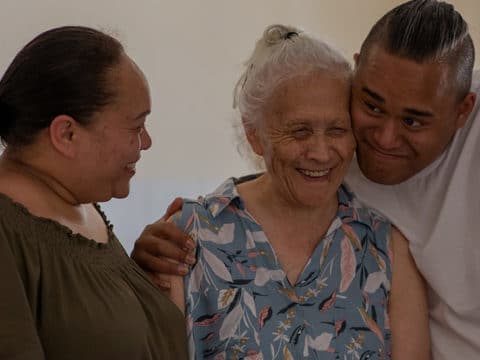This online Coverage Toolkit, launched in 2017, provides resources and information for partners and payers interested in achieving or advancing coverage for the National Diabetes Prevention Program (National DPP) lifestyle change program. It also links to data and materials from the Centers for Disease Control and Prevention (CDC) as well as other existing sources supporting the National DPP, making the Coverage Toolkit a “one-stop shop” for learning about the program.
To learn more about the Coverage Toolkit, please view this brief tutorial video:
Most of the documents linked within this site can be provided in high contrast and with large print. To request an alternate format please contact NACDD’s Communications and Member Services Department at publications@chronicdisease.org (please allow up to two weeks).
The National DPP Coverage Toolkit was supported by the Grant or Cooperative Agreement Number 5NU38OT000225-04, funded by the Centers for Disease Control and Prevention. Its contents are solely the responsibility of the authors and do not necessarily represent the official views of the Centers for Disease Control and Prevention or the Department of Health and Human Services.















